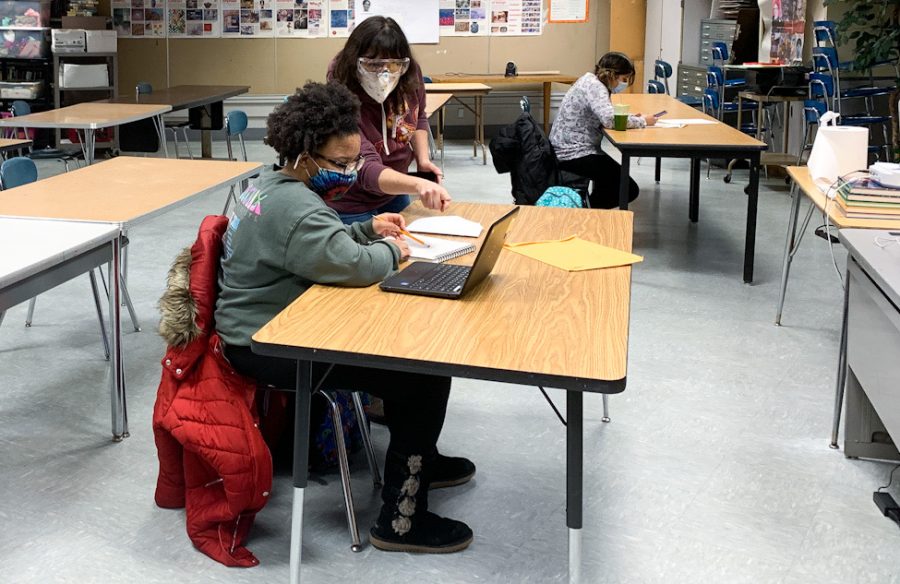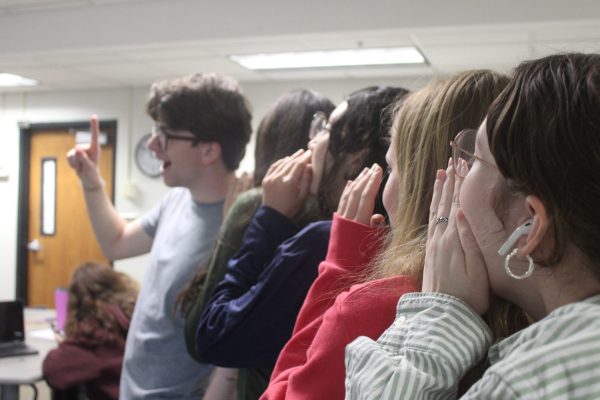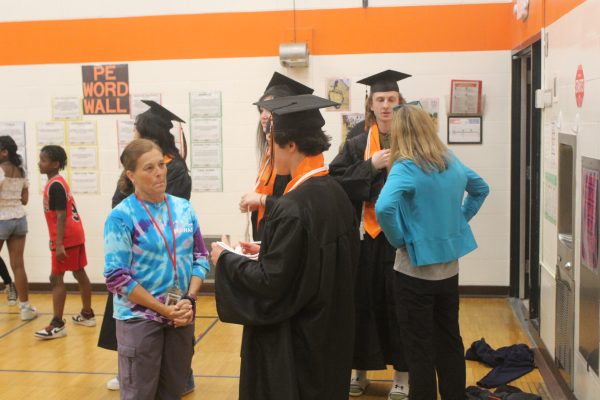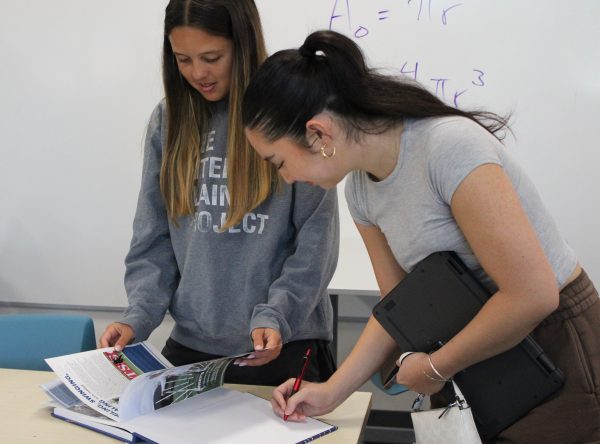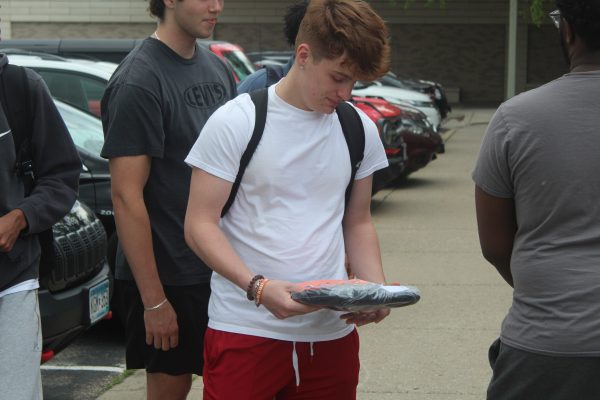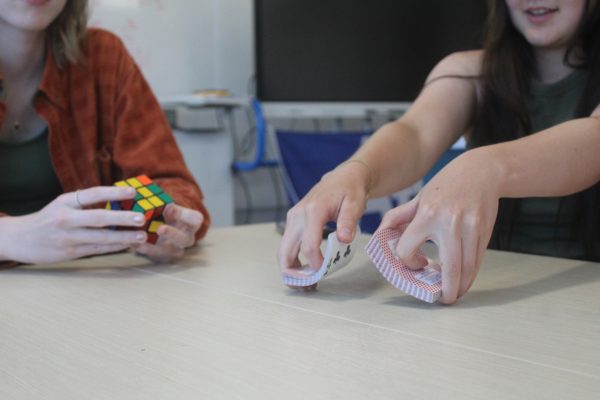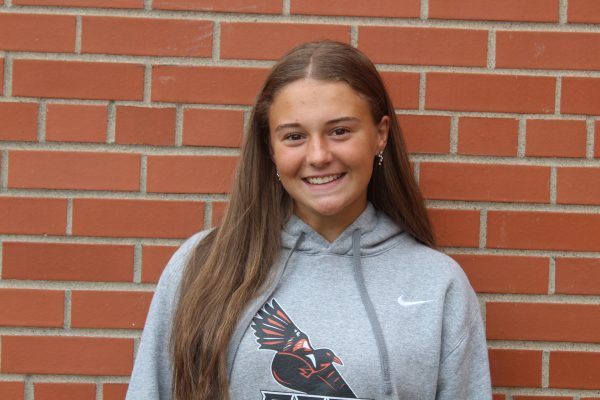Hybrid learning worthwhile despite challenges
Learning from home remains an option
Art teacher Angela Jacob helps a student during art class Feb. 23. Park started 50% capacity hybrid learning Feb 22.
February 24, 2021
Three days into Park’s second try at hybrid learning, all seems to be going well. The decision to transition into in-person learning Feb. 22 was the right one to make, considering declining COVID-19 cases and the benefits of face-to-face instruction.
The hybrid model began this week at 50% capacity after Gov. Tim Walz pushed for the change, given Minnesota’s success in controlling the virus. Administration has enacted a variety of precautions including masks, cohorts, limiting bathroom capacity and allowing seniors to eat off-campus. Teachers can also get tested for COVID-19 and some have the opportunity to get vaccinated.
Wearing masks and reducing the overall capacity of the building greatly reduces the risk of COVID-19 transmission. However, exposure is defined as at least 15 minutes of close contact with someone sick with the virus, regardless of if masks are worn or not. The seating chart required by administration mostly addresses this issue. If a student comes down with the virus, everyone who sat nearby should quarantine as well.
Individuals in the building will likely encounter the most people during passing time, but these exposures are fleeting, so the risk of transmission is low.
Lunch time likely poses the greatest threat. Although there are fewer students in the building and seniors have an open campus, most people will still be in the lunchroom. With the spread of more transmissible forms of COVID-19, it does not seem smart to put students relatively close together without masks. Even with the original strain, many experts called into question whether six feet of distancing was sufficient.
Administration should encourage students to spread out even more to address this, enabling students to eat in the hallways if they are willing to sit well over six feet apart and clean up their spaces. This would give freshmen, sophomores and juniors a safer alternative to eating in the cafeteria.
It’s good that Park is returning to hybrid learning, however, administration should continue to enforce precautions and students must follow them closely.



